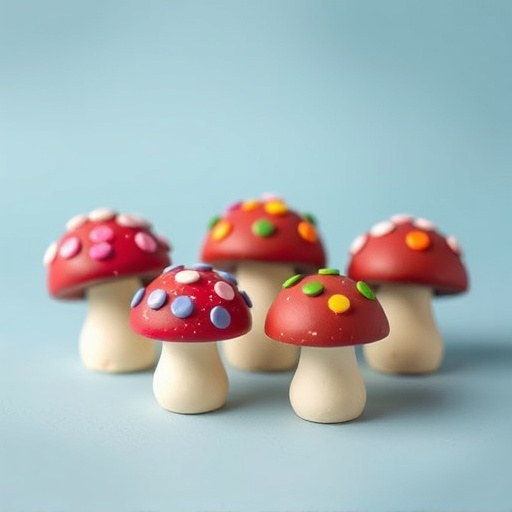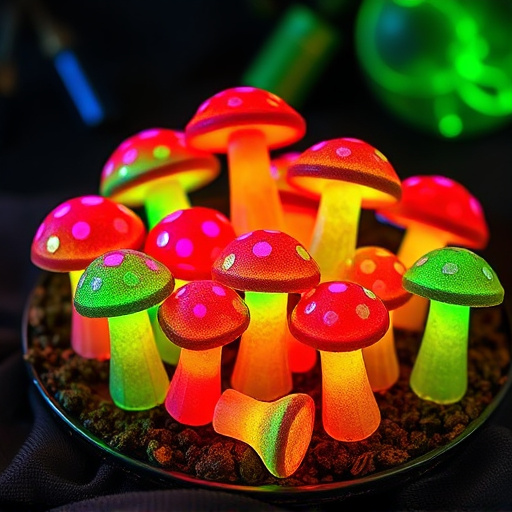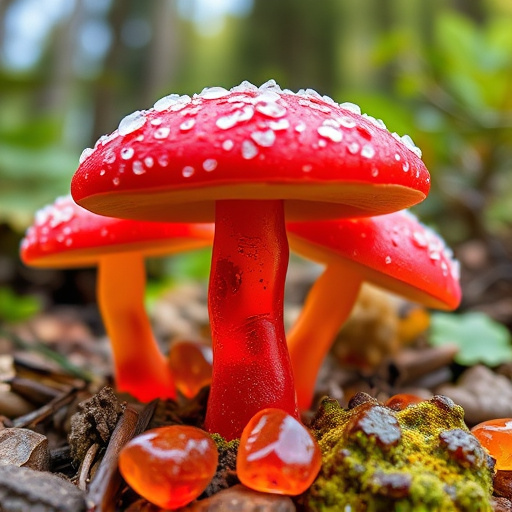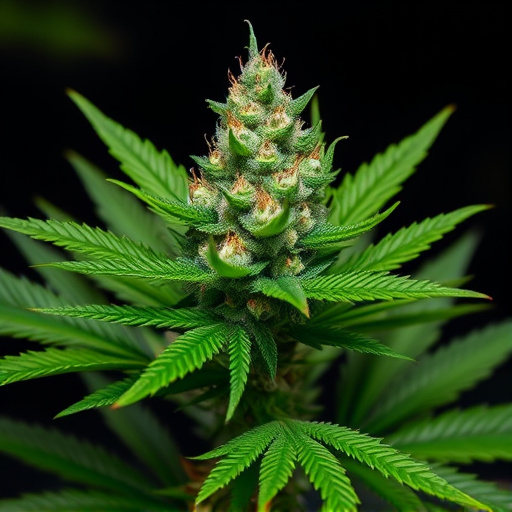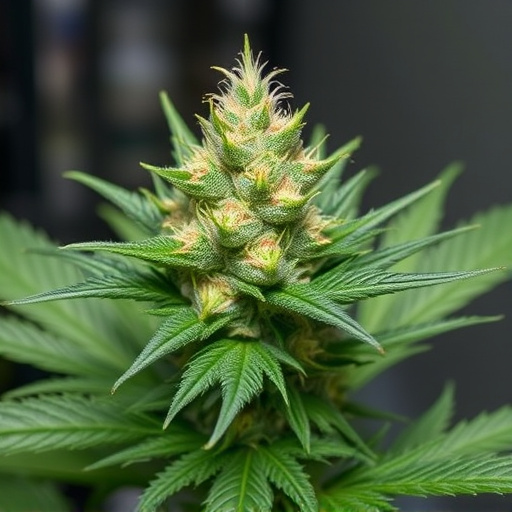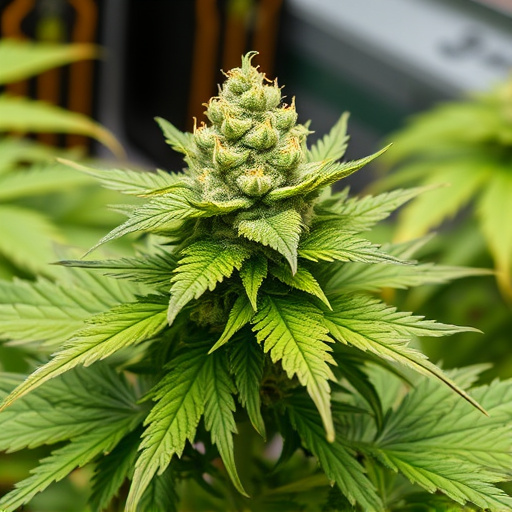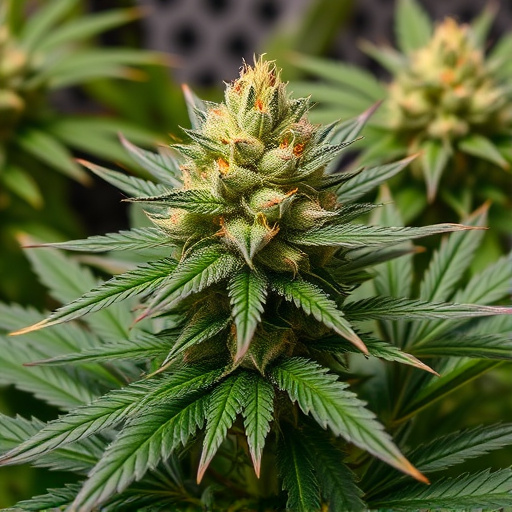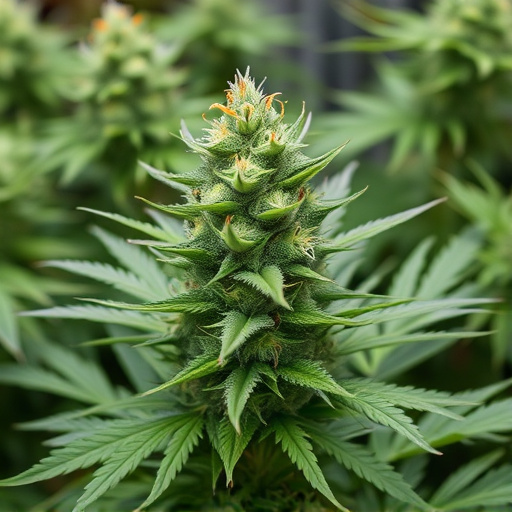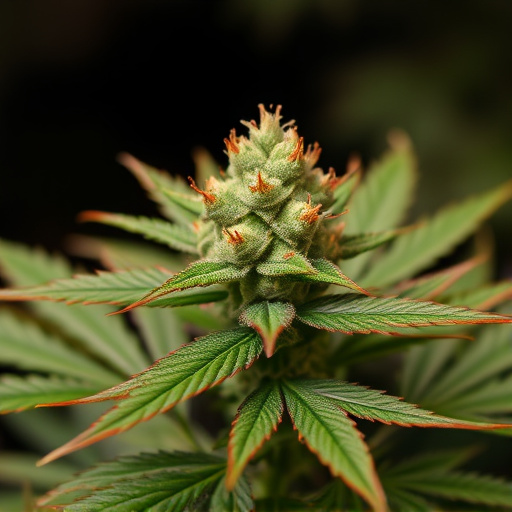The evolving cannabis market offers new strains with varying THC levels, affecting user experiences. While cannabis has therapeutic benefits, it's crucial to acknowledge potential adverse effects like heightened anxiety and paranoia. Short-term and long-term use may lead to respiratory issues and mental health disorders. Exploring the newest strains with high CBD or specific terpene profiles can mitigate these negative effects. Strain diversity empowers users to make informed choices for personalized experiences. Managing consumption methods, such as using edibles, topicals, or vaporizers, also influences overall cannabis experiences.
“Unraveling the potential negative effects of cannabis is a crucial step towards responsible usage. This article aims to guide readers through a comprehensive understanding of these side effects, offering insights into how to navigate them effectively. We explore the latest research on cannabis strain variations and their unique impacts, empowering individuals to make informed choices.
Furthermore, discover practical strategies to minimize adverse experiences, ensuring a safer and more enjoyable interaction with modern strains of cannabis.”
- Understanding Negative Effects of Cannabis: A Comprehensive Overview
- Exploring Newest Strains of Cannabis and Their Unique Properties
- Strategies to Minimize and Manage Unfavorable Cannabis Experiences
Understanding Negative Effects of Cannabis: A Comprehensive Overview
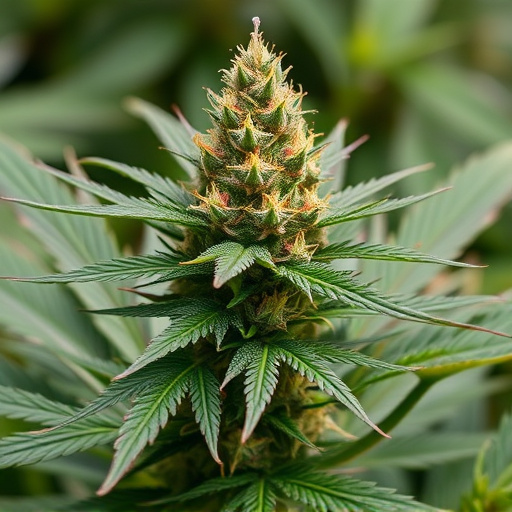
Cannabis, while known for its therapeutic benefits, can also produce adverse effects that vary from person to person. Understanding these negative impacts is essential, especially with the ever-evolving landscape of cannabis consumption, including the newest strains of cannabis on the market. The short-term effects can include heightened anxiety and paranoia, particularly in individuals prone to mental health issues or those consuming high doses. These immediate consequences may also lead to cognitive impairments, affecting memory and concentration.
Long-term use poses different challenges, such as potential respiratory issues due to smoking, increased risk of mental health disorders like schizophrenia (in predisposed individuals), and the possibility of developing a dependency. The newest strains, often bred for higher THC concentrations, can exacerbate these effects, making it crucial for consumers to be aware and educated about the potential drawbacks.
Exploring Newest Strains of Cannabis and Their Unique Properties
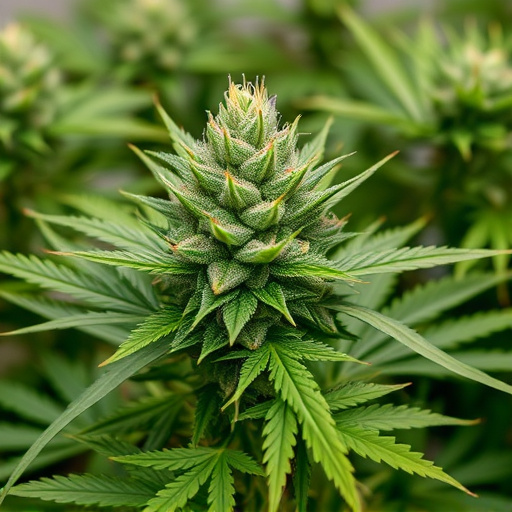
In today’s evolving cannabis landscape, exploring the newest strains offers a promising avenue to mitigate negative effects. Each new cultivar boasts unique properties, allowing users to tailor their experience. Some strains are known for their high CBD content, which research suggests may reduce anxiety and paranoia—common side effects of traditional cannabis use. Others have been bred with specific terpene profiles, like linalool or myrcene, known for their calming and soothing properties. These chemical compounds can significantly influence the plant’s overall effect on the user.
By experimenting with these newer varieties, individuals can potentially find strains that provide a more enjoyable and manageable high, addressing the challenges associated with traditional cannabis consumption. This shift towards strain diversity empowers users to make informed choices, ensuring they can navigate the cannabis experience in a way that aligns with their personal preferences and well-being.
Strategies to Minimize and Manage Unfavorable Cannabis Experiences
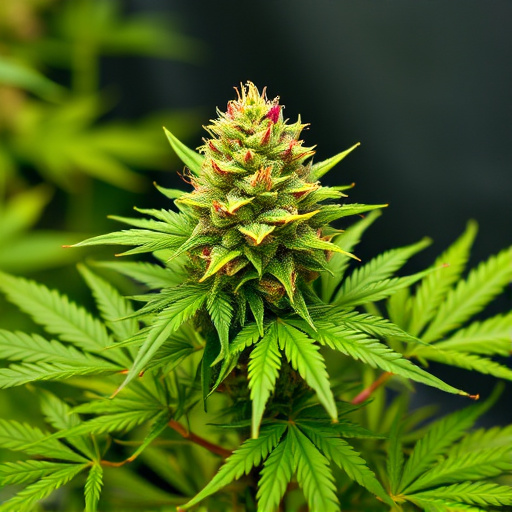
Experiencing negative effects from cannabis is a common concern, but there are several strategies to minimize and manage these unfavorable experiences. One effective approach is to explore the newest strains of cannabis, as breeders continually develop varieties with reduced psychoactivity and enhanced therapeutic benefits. These hybrid strains often offer a more balanced experience, allowing users to enjoy potential pain relief or relaxation without overwhelming mental effects.
Additionally, controlling your consumption method can significantly impact the overall experience. Edibles, for instance, have longer onset times but provide more predictable effects. Adjusting dosage and considering the timing of consumption can help prevent overwhelming sensations. Using cannabis topicals or vaporizers may offer a gentler experience compared to smoking, as they deliver cannabinoids directly to the affected areas without the added irritants found in smoke.
In understanding the negative effects of cannabis and exploring the newest strains with unique properties, it’s clear that minimizing these issues is achievable. By employing strategies to manage unfavorable experiences, individuals can navigate their cannabis use more safely and enjoy its potential benefits. Remember, responsible consumption and staying informed about various strains are key to reducing adverse reactions.

